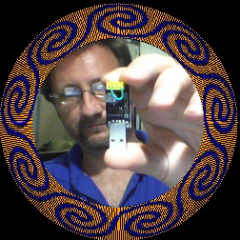This is just a quick shoutout to the virtualization app which is helping me a lot with my LED-WEBSITE-INDICATOR plugin development.
Check out https://github.com/Varying-Vagrant-Vagrants/VVV
The VVV project uses VirtualBox in the background to automatically set up a WordPress development environment, including two working WordPress sites to play with. The whole thing is done for you, all I had to do was copy my plugin to the shared folder and every change was visible on the working local site.
If you are getting into PHP and WordPress, check out the project, I won’t say any more about it, just try it already!
